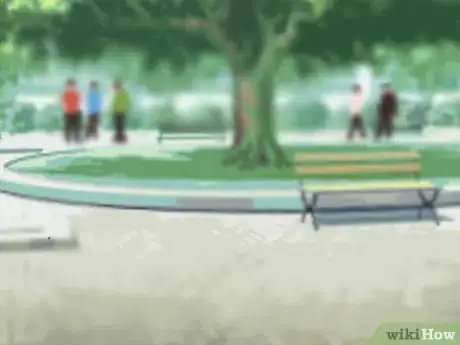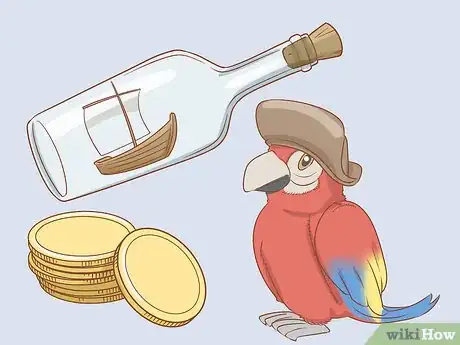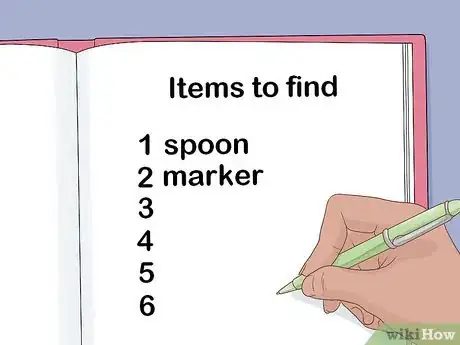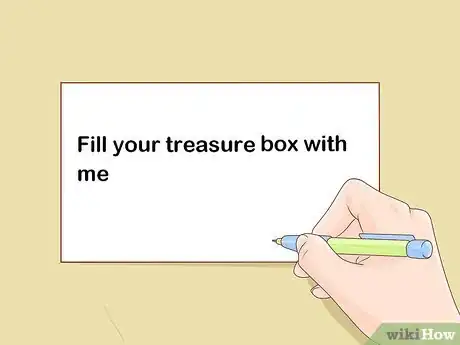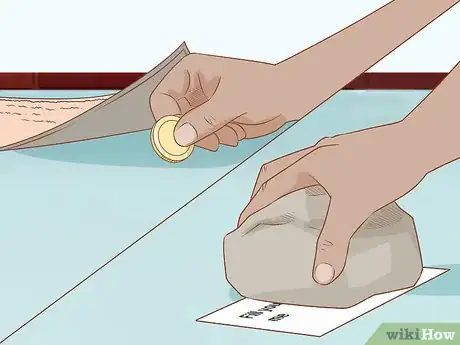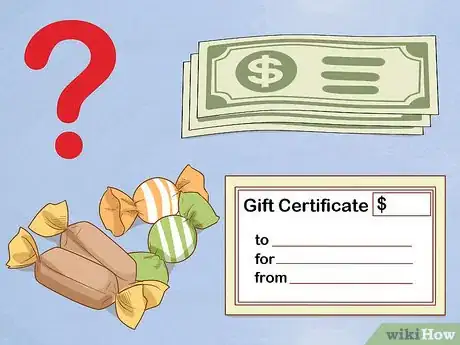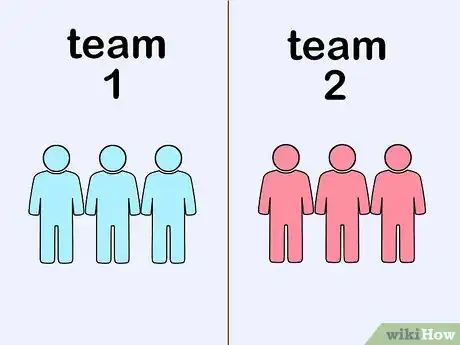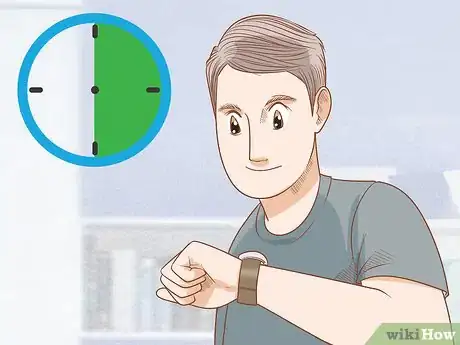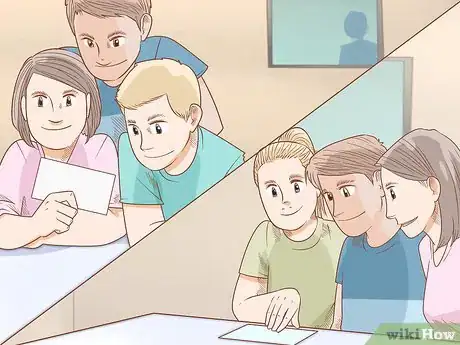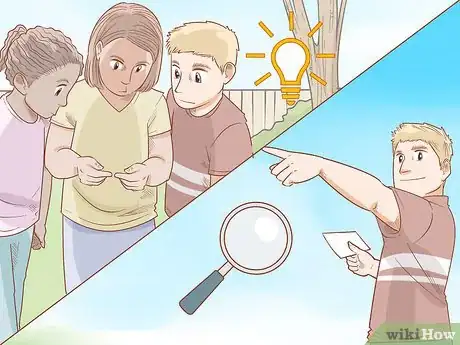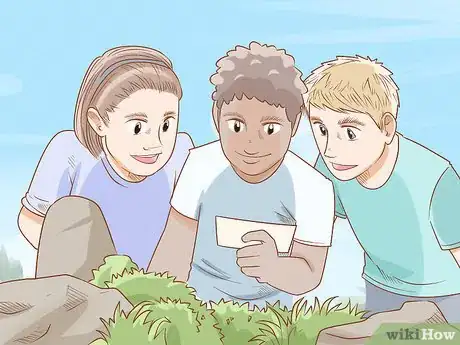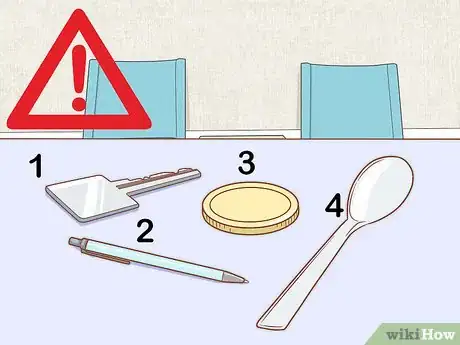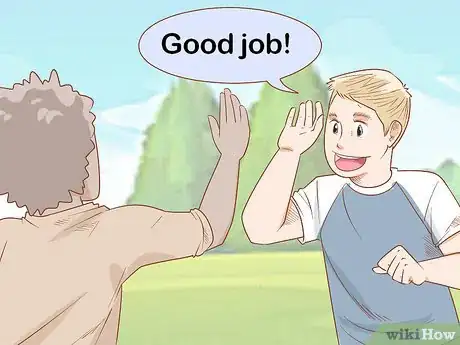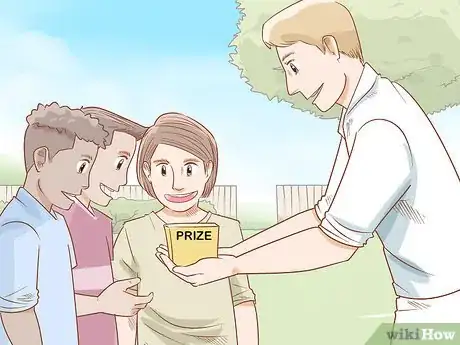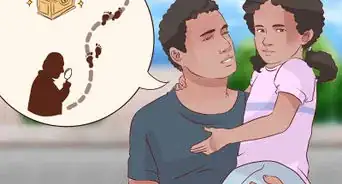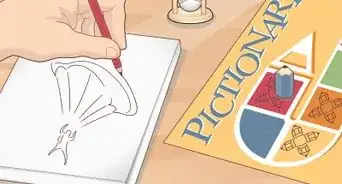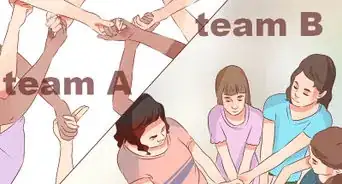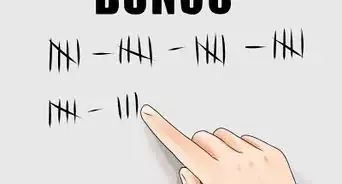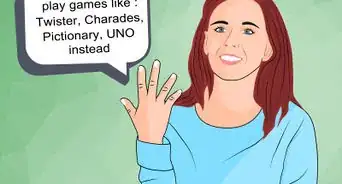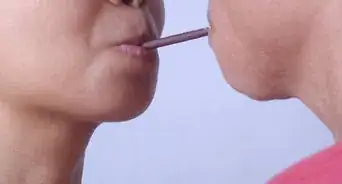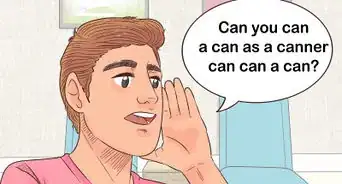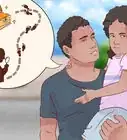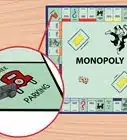This article was co-authored by wikiHow Staff. Our trained team of editors and researchers validate articles for accuracy and comprehensiveness. wikiHow's Content Management Team carefully monitors the work from our editorial staff to ensure that each article is backed by trusted research and meets our high quality standards.
There are 7 references cited in this article, which can be found at the bottom of the page.
This article has been viewed 96,603 times.
Learn more...
Scavenger Hunt is an engaging game played by children and adults alike. Organize the game in advance by creating a list of objects to find and clues to help the players locate the items. To play the game, divide the players into 2 teams, and give them the first clue. Once the players find the first item, they can locate the second with help from the next clue. When the time limit runs out, count the items collected from both teams. The team with the most clues is the winner!
Steps
Writing Clues and Hiding the Items
-
1Pick a safe location with lots of hiding spots to have the scavenger hunt. You can play Scavenger Hunt indoors or outdoors. Pick a spot without any sharp or pointy objects to prevent injury. If you can, choose a place with a lot of small hiding spaces or nooks and crannies where you can hide items easily.[1]
- Great places for Scavenger Hunts include your backyard or a local state park, for instance.
- If you are planning Scavenger Hunt for children, ensure there is adult supervision throughout the area.[2]
-
2Pick a theme for your scavenger hunt to add a personal touch. Choosing a theme is a great idea if you are playing Scavenger Hunt at a birthday party, for instance. You can use any theme you’d like, such as a Pirate treasure hunt or an Easter-themed egg hunt. Choose items to find that fit your theme, and pick a prize that is related to the motif as well.[3]
- For instance, if you are throwing a Pirate birthday party, you can hide clues like plastic gold coins, a ship in a bottle, a stuffed parrot toy, or a small treasure box. You can also write clues as if you are a pirate and say “Arg!”
Advertisement -
3Make a list of the items to find during your scavenger hunt. Pick 5-15 or so objects you want the players to find throughout the scavenger hunt. These can be any household items, like a spoon, action figure, or markers, for example. Write down all of the items to keep track of the items players find and what items are still missing.
-
4Write each clue on index cards to use throughout the game. Pick what order you want the players to find the items in and what kind of hint you want to provide. Complete 2 notecards for each clue, 1 for each team. Tailor your clues to the age of your players, and vary the types of clues used. You can write a brief riddle, draw a diagram, or suggest what the item is used for.[4]
- For example, if you are hiding a fake gold coin, write something like, “Fill your treasure box with me to bask in the riches of the sea!” You can also draw a piggy bank or detail the area where you hid the item.
-
5Hide your items with their clue in a variety of places. Once you write out the clues, place the item in a hidden spot throughout your Scavenger Hunt area. Be sure to include the clue to the next item while hiding the treasure. It is fun to hide some items in easy-to-find spots and others in more difficult or secluded hiding places.[5]
- For some easy hiding spots, try placing the item at the bottom of a bushy shrub, behind a lawn decoration, or under a doormat.
- For more difficult hiding places, place the item high in a tree branch, inside of a dog house, or on top of a bird feeder.
- To attach the clue securely, you can place the index card underneath a heavy item, or use a rock to hold it down. If you are hiding an item with an opening such as a pocket or folder, put the clue inside. You can fold it up if it is helpful.
-
6Pick out a prize for the winning team before you play. You can use anything you’d like as the prize, and it’s helpful to consider the age of the players when you make your decision. Some helpful ideas include candy, cash, or gift certificates. If using a theme with the Scavenger Hunt, you can pick a prize to reflect the motif of the game.[6]
- For example, if you are playing Scavenger Hunt with a group of 1st graders, offer a small toy or sweet treat as the price.
- If you are playing with teenagers, consider offering movie tickets for the group as the prize.
- A great idea if playing with adults includes a basket of goodies or a gift certificate to a local restaurant.
Finding the Items
-
1Split your group into 2 teams with a minimum of 3 players on each. Gather your group of scavengers, and divide the players into 2 teams of equal players. If you are playing with a diverse age group, it is best to ensure the teams are as even as possible. Put a couple older kids and a few younger kids on the same team, so they can work together throughout the Scavenger Hunt.[7]
- If you have an odd number, find 1 more player to join in!
-
2Set a time limit for the scavengers to complete the game. The time limit can be as long as you’d like. Tell the players to search for clues for 30 minutes or 60 minutes, for instance. When you are ready to play, set a timer to help you keep track of the time. The players’ objective is to find the most clues in the shortest amount of time.
- Let the players know the overall time of the game before you start.
-
3Give each team the first clue to get them started. When you’re ready to start the game, hand the notecard with the first clue to each team. This begins the game, and the players are free to roam about the space in search of the first item.
- It is important that none of the players know where the items are located before the game begins. This is considered cheating.
-
4Allow the players to work as a team to find the clues. When playing Scavenger Hunt, the players should read over the clue as a group and use their creativity and critical thinking skills to figure out where the first item is. Run over to the hiding spot, and locate the item. Then, the player should present it to the team when they find it.
- For example, if 1 player finds a key hidden in a jungle gym with a note attached, they should say something like, "Hey team, I found one!" and gather the group together.
-
5Let the players come together to read the next clue when they find one. Once a player finds the clue, they should read over the index card to figure out where the second clue is located. Continue doing this until you find all of the hidden items or the time runs out, whatever comes first.
- Keep the items in your pocket or in a basket as you play the game.
Winning the Game
-
1Count up the total objects found on each team when time runs out. When your timer is done, tell all of the players to stop. Have the players meet you back at the starting place, and count each team’s findings individually.
- If you are playing in a large space, you can blow a whistle to designate the end of the game. Tell the players to listen for the whistle before you start.
-
2Designate the team with the most clues found as the winner. Whichever team has the most objects found at the end of the game is the winner. Congratulate the winning team, and say something like “Great job!” or “Nice effort!” to the other team.
- If there is a tie, offer 1 final clue as a tiebreaker. The first team to find the final object breaks the tie and wins the game.
-
3Award the winning team their prize after the game is over. Once 1 team is dubbed the winner, it’s time to celebrate! Give the team their prize to congratulate them on a job well done. You should have the prize ready to present when the game is over.
- For example, give 1 candy bar to each player on the winning team. Purchase the candy bars in advance so they are ready to give out when the game ends.
Things You’ll Need
- Space to play
- 6 or more players
- Items to find
- Index cards
- Prize for the winners
- Timer
References
About This Article
To plan a scavenger hunt, start by choosing a bunch of hiding spots and writing a clue that leads to each spot. Then, hide an object in each hiding spot, as well as a clue that leads to the next spot. Next, form 2 teams, and give each team the clue that leads to the first hiding spot. Finally, have the teams race to find to each hiding spot first. Whichever team finds the most objects wins! To learn how to write good clues for your scavenger hunt, read on!
